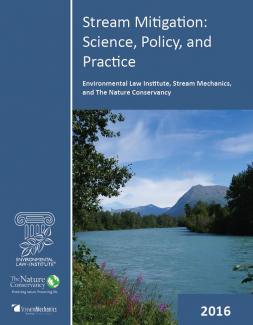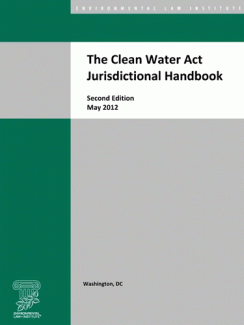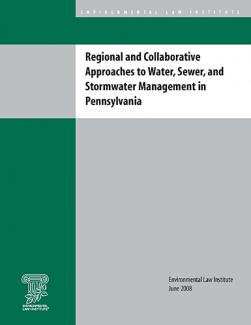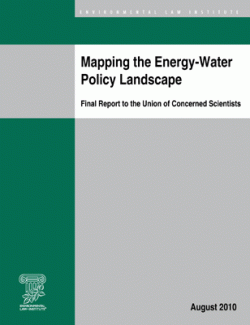Stream Mitigation: Science, Policy, and Practice

ELI, Stream Mechanics, and The Nature Conservancy (TNC) have partnered to provide a wide-ranging view of the state of stream compensatory mitigation. This report examines how stream compensatory mitigation has evolved in policy and practice and was based on a series of white papers, which can be found on the State of Stream Compensatory Mitigation page.


